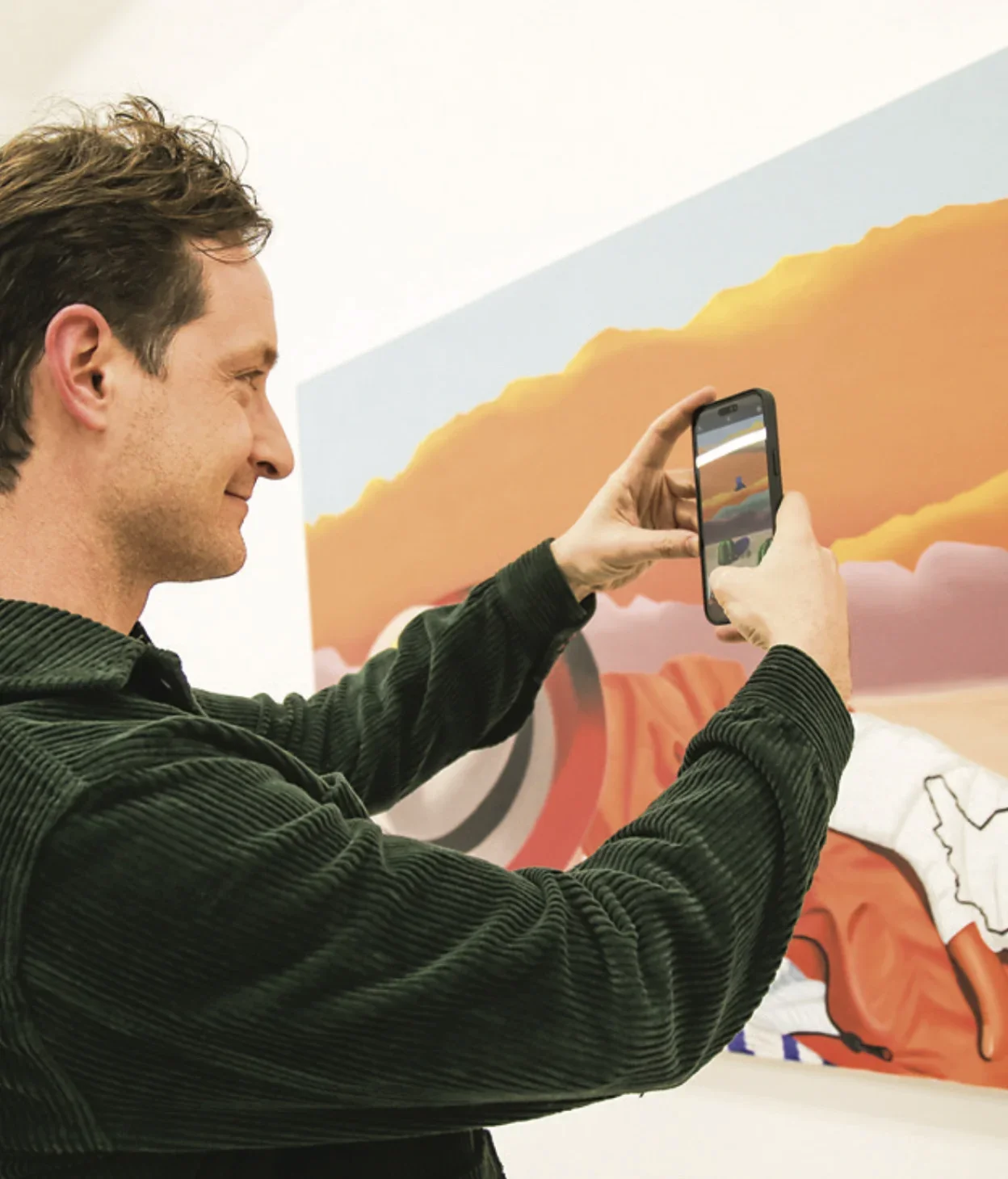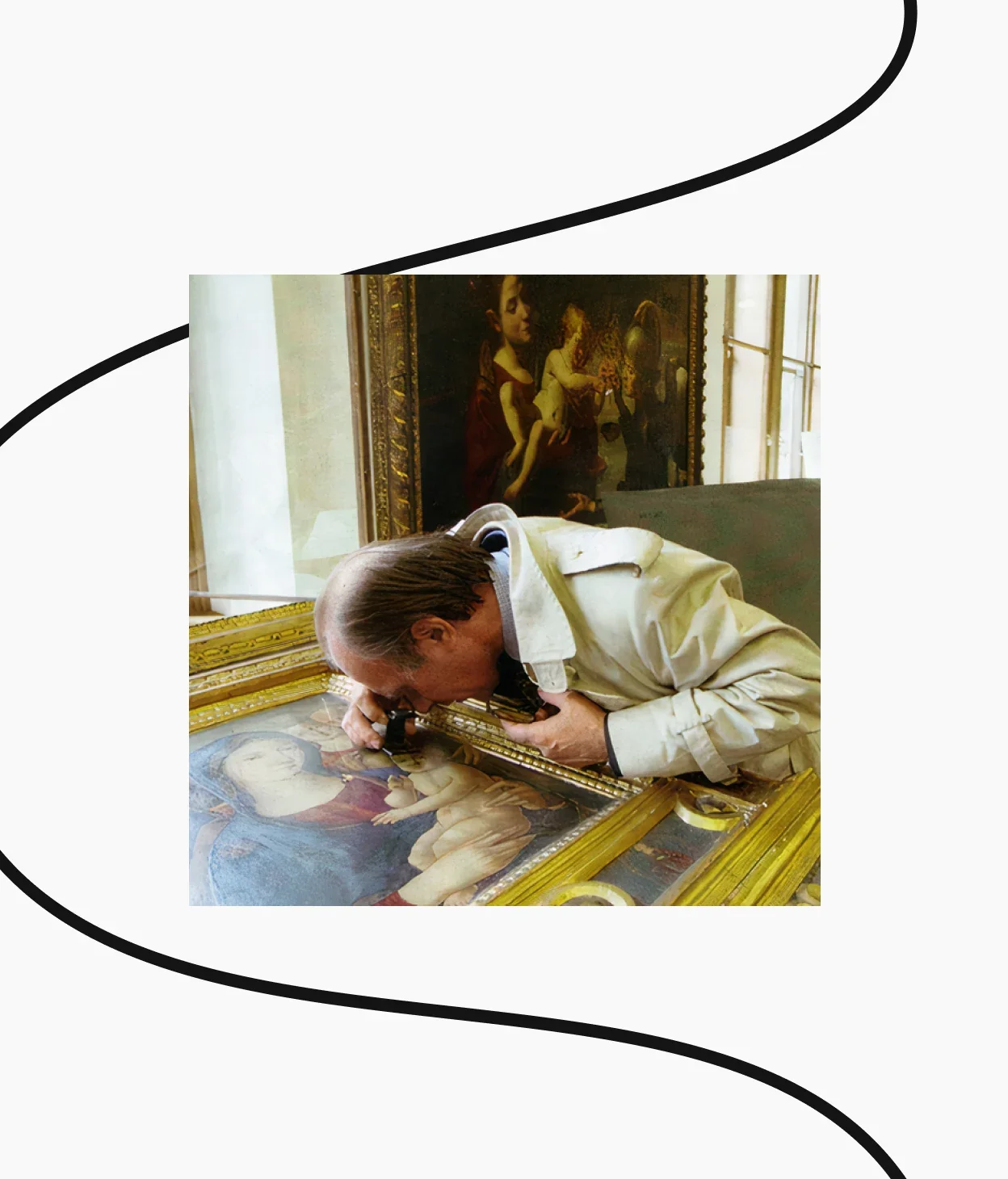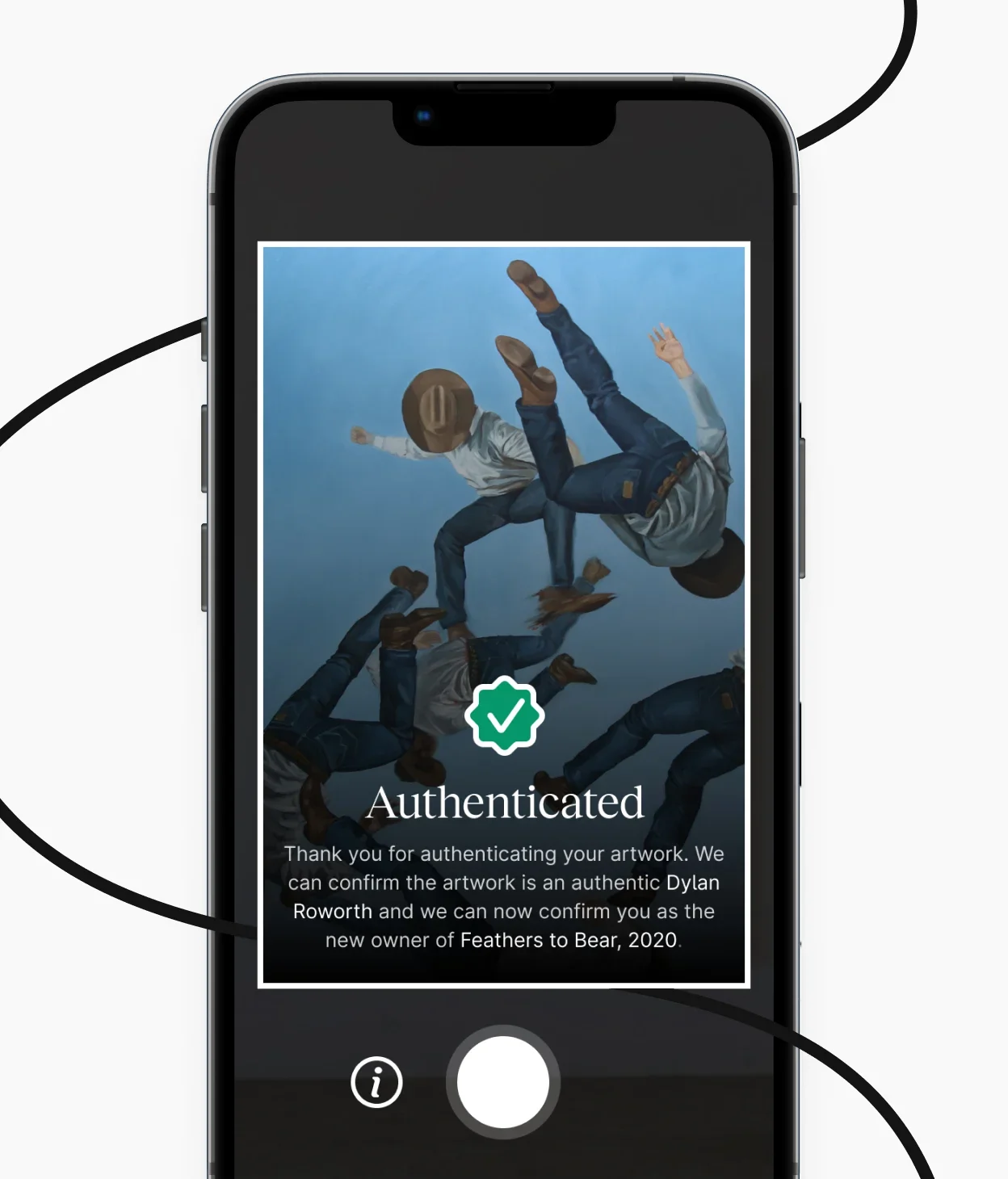The 2023 word of the year is "Authentic"
Craig Follett on November 28, 2023
Here's what to know about the relationship between authenticity and art.
As 2023 comes to a close, "Authentic" is the word of the year, an accolade designated by Merriam-Webster, America’s oldest dictionary. This honour was driven by a notable surge in online searches for the word, catalyzed by discussions and narratives surrounding generative AI (such as ChatGPT), deep fakes and identity.

Fact vs Fiction: Authenticity in Art
Within the realm of art, the distinction between an authentic
piece and a forgery can hinge on subtle nuances often
imperceptible to the naked eye.
Authenticity in art is
important: it represents the connection between an artwork and its
creator's intent, historical context, and cultural significance.
Authenticity demarcates a moment in the artist's creative journey,
their artistic choices at that moment of creation, and the spirit
of their era.
Forgery, in contrast, severs this link to history and artistic evolution, weaving a deceptive narrative and warping creators’ intents and re-writing (and re-weighting) the cultural significance of an era.
Determining Authenticity (The Old School Way)
The “old school way” of determining authenticity in art draws upon various factors. An individual authenticating an artwork will examine an artwork’s “provenance” (chain of custody), contrast the artwork to their knowledge of the artist’s existing “catalogue raisonné” (the complete known body of artworks by a given artist), and scientific scrutiny such as examining metals found in paints and even “dendrochonology” (the study of tree rings, which can be used to help examine the years a tree grew before becoming a canvas stretcher).
Like a family tree, provenance traces an artwork's lineage,
affirming its legitimacy and historical journey. Connoisseurship
relies on experts who meticulously analyze an artist's unique
stylistic attributes and nuances, enabling precise attribution.
There
are several challenges with this approach—a fundamental one, which
has nothing to do with efficiency, is that an authenticator is
only knowledgeable about the artists who have made it into the
“canon” (the known body of works that have made their way into
studies, museums, and the history books). This means that a
fantastic new artist based in Brooklyn, Bogotá or Berlin, who is
not yet in the canon and does not have the benefit of climbing
into the canon, cannot be authenticated with the “old school way.”
A lack of trust in authenticity (including the future prospects of authenticity) means that a collector can trust less in an artwork’s ability to hold its value over time. This means that collectors collect less. And this lower level of collecting means it’s hard to be an artist who isn’t on the cusp of (or in) the canon. We’ve all heard the terms “struggling artist” or “starving artist”.

Authenticity at Peggy: The Advent of the Digital
Fingerprint
The traditional method of authenticating artwork faces
considerable challenges. Forgeries have exploited this system,
resulting in notable art fraud cases, including a massive recent
operation
where a fraud ring made hundreds of forgeries amounting to $100
million and exploiting Ojibwe artist Norval Morrisseau’s
legacy. Even esteemed institutions like the Orlando Museum of Art
have fallen victim to art fraud, exemplified by the FBI's seizure
in 2022 of 25 artworks attributed to Basquiat.
In
response to these challenges, Peggy has developed a
patent-pending AI technology
for authentication. This innovative approach utilizes advanced
cloud computing to generate a digital fingerprint of artworks,
enabling swift and accurate authentication within minutes. Artists
can register artworks at the artworks’ creation, and collectors
can capture photos of the artwork to ensure a match to the digital
fingerprint.
When collectors verify the authenticity of artworks using the
fingerprint, this registers them as the new owner of the
artwork. This creates a provenance trail for the artwork,
cementing its chain of custody. This adds to the artwork’s
legacy and reflects a title ownership dynamic similar to that of
land registry titles.
When artworks change hands on
Peggy, made possible securely via Peggy's new authentication
technology, artists receive
royalties
(also known as the artist resale right). This addresses the
issue of artists not benefiting from the increased value of
their art on the secondary market.

Looking into the future
If "authenticity" was the word of the year in 2023, a natural segue for the word of the year in 2024 might be "transparency." Following the theme of authenticity, transparency continues the conversation about clarity, honesty, and openness but takes it a step further. While authenticity focuses on being true to one’s own nature or origins, transparency extends this concept into communication, operations, and intentions, particularly in a world increasingly mediated by digital technologies and global interconnectedness.
Transparency would encapsulate the growing demand for clear, unobstructed truth in various sectors, from art and technology to politics and business. It reflects a societal shift towards valuing the authenticity of origins and identities and the clarity and openness in processes, decisions, and information sharing. Transparency represents a deeper yearning for visibility in a complex world where the lines between real and virtual, genuine and artificial, are constantly being renegotiated.

